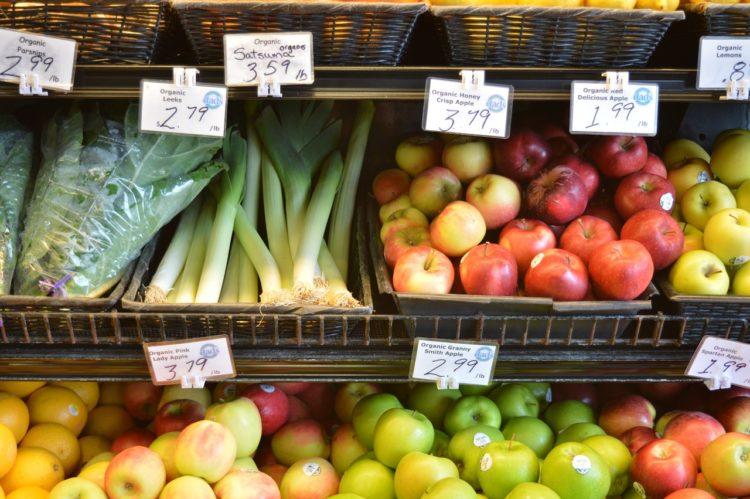Farmers need three key things for their business: the best price, the best quality, and the best service. All of these come at a cost to an Ag cooperative, and it can be especially challenging to maintain a strong margin to stay profitable and able to serve your customers in the long run. It becomes important to determine the priorities around what kind of farm co-op you strive to be.
“A new year is the perfect time to evaluate and realign your goals and strategies,” says James Jirak, Pinion co-op business advisor. “It’s the perfect time to reflect on past years and to look ahead and ask, ‘What kind of co-op do I strive to be in 2024 and the years ahead?’”
Jirak offers crucial insights into each of the three paths to both reflect upon and plan for.
Setting Best Pricing: Positioning Your Business
Opting to position your co-op as the most competitively priced option is the most perhaps the most straightforward path to consider. However, to offer the best price, you’ll likely have to offer lower quality products or services and farmers will need to accept a sacrifice in quality.
How to be the best priced co-op:
-
- Focus on reducing costs for farmers on ag chemicals, fuel, and other supplies.
- Scale back your employee numbers to reduce expenses.
- Attract customers by offering the highest prices for their grain.
While this option may be a straightforward path, you risk of a price war to the bottom, potential sacrifices in quality and service and the need to cut employee numbers. It will also be difficult to set the co-op apart from competitors if price is your selling point.
Attaining Best Quality: Leveling Up to Premium Product
Everything runs better on premium. Livestock thrives on good feed, crop protection is more reliable with superior chemicals, and equipment runs better on good fuel and lubricants. The farmers who prioritize quality will not be as price sensitive as they understand that quality comes at a cost.
“In my experience, farmers who prioritize better products tend to be more productive and are often ones that other farmers look up to for deciding what to use in their own operations,” says Jirak.
How to be the best quality co-op:
-
- Emphasize quality products, acknowledging that quality often comes at a higher cost.
- Provide reliable and technologically superior solutions for livestock, crop protection, and equipment.
It is possible to link quality with good prices, but you will need to cut costs to services, whether that means fewer employees, less qualified advisors and older equipment or no custom equipment at all.
Creating Best Service: Loyalty Feeds Success
Service is controlled by the employees you hire and the equipment you use to serve farmers.
General Managers understand the importance of loyal, high-level employees – but it does come at a price. To hire and retain the best, you have to be willing to offer above-average compensation.
Service can also come in the form of the equipment that you use in your operation. In grain, that can be having larger grain legs and bin capacity to get farmers in and out quickly during harvest.
How to be the best service co-op:
-
- Prioritize hiring loyal, high-level employees who enhance customer experience.
- Invest in state-of-the-art equipment for efficient service in grain, agronomy, feed, and fuel departments.
- Recognize that exceptional service is a strong selling point and contributes to farmer loyalty.
“Loyal customers value good service and employees that go the extra mile,” says Jirak. “They may even come back to you after trying a competitor that is only trying to lure their business with price.”
How to Choose the Right Model for Your Cooperative
- Focusing solely on one aspect and neglecting the others is possible. However, service and quality often go hand in hand; farmers seeking good service or quality products generally desire both.
- In price-sensitive areas, competitiveness may require a focus on pricing. But relying solely on low prices is risky, as constant undercutting is a challenge.
- Emphasizing good service remains paramount, as employees are the coop’s front-line representatives. Addressing service-related issues can significantly improve customer satisfaction and loyalty.
“During my time managing a cooperative, I gathered my employees to address farmer complaints about the quality of pelleted range cubes produced at our largest feed mill,” recounts Jirak. “I presented the team with a bucket of cubes that was delivered to a customer – it was mostly broken pellets and feed dust. After a good discussion, we pinpointed issues in our service care—feed truck drivers operating augers too fast and chewing up the pellets, and mill operators neglecting adjustments for humidity and weather changes, making the cubes too soft. Addressing these problems swiftly resolved the complaints and showed us the reality – employees are the front-line face of the co-op and the gatekeepers of quality.”
Ultimately, a co-op’s success hinges on understanding customer priorities. Be aware of what is driving your customers, particularly what is driving them to your competition. Farmers vote with their wallets and that should give you insight on what kind of co-op your community needs.
Connect with a Pinion farm cooperative advisor to prepare for the year ahead. Pinion provides strategic planning, DPAD reporting, and other services to help you reach your co-op business goals in 2024, and beyond.






